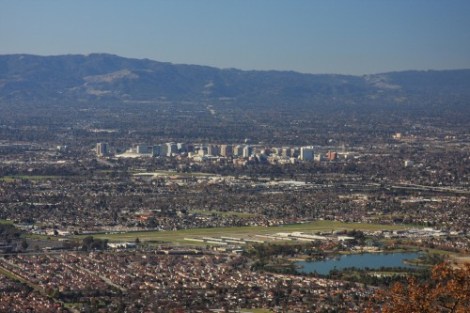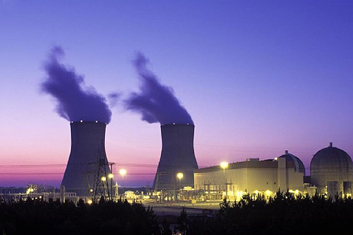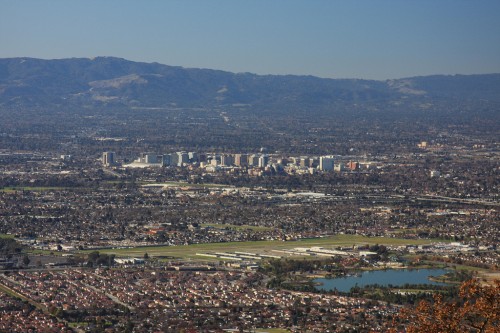Clean technology is being developed in Silicon Valley, but we aren’t exactly looking to that low-rise beigey sprawl for leadership when it comes to green urban innovation. But maybe we should? And I don’t mean in a let’s-build-a-dense-tech-worker-utopia kind of way.

Sprawling San Jose, Calif.
San Jose, Calif., the valley’s largest city and the 10th biggest in the country, launched its 15-year green plan in 2007, and so far it’s coming along swimmingly. This past October, the first Clean Tech Index named the city No. 1 in the country for its clean green (mean?) innovations. From LED street lights to the soon-to-open CleanTech Demonstration Center to a goal of running entirely on renewable energy (it’s at 20 percent now), San Jose is thinking big when it’s thinking green, KQED reports.
“[The renewables goal is] going to mean radical changes, but this is a valley that does things in radical ways,” says Carl Guardino, president of the Silicon Valley Leadership Group (SVLG), which represents hundreds of local businesses.
“Silicon Valley and San Jose Mayor [Chuck] Reed sets audacious goals,” adds Guardino. “If we fall a little short, just think of how far we would have come.”
San Jose has helped change national standards for LED street lights and is now saving thousands of dollars using efficient, dimmable street lights. Yet it’s only replaced 4% of its 62,000 lights.
Despite making progress, it’s been a tough road through the recession. Like most U.S. cities, San Jose has faced severe budget constraints and was forced to be innovative in funding its green vision.
The city has managed to leverage more than $100 million in federal tax credits and private and public funds to move forward.
“I said from the beginning that the key to being able to succeed with our green vision was to work with other people’s money,” says Mayor Reed, who is known for his pragmatism.
It’s easier to work with other people’s money when you’re surrounded by the multi-billion-dollar likes of Google, Facebook, etc. But environmental activist Megan Medeiros wishes San Jose were thinking smaller: retrofitting existing buildings, planting trees, and building bike paths.
If it did that, it could be attracting a lot of younger people who, Medeiros says, are “flocking to San Francisco” because it provides them with a better quality of life.
You’re still No. 1, San Jose, but getting the tech workers who commute many miles to your town every day to actually stay and live there could end up being the very best long-term clean-green strategy. Just because you build some light rail does not mean they will come. This doesn’t need to be utopia, though — I bet they’d be happy with some lofts, community gardens, and artisanal pubs. Oh, and bike lanes, obvs.



